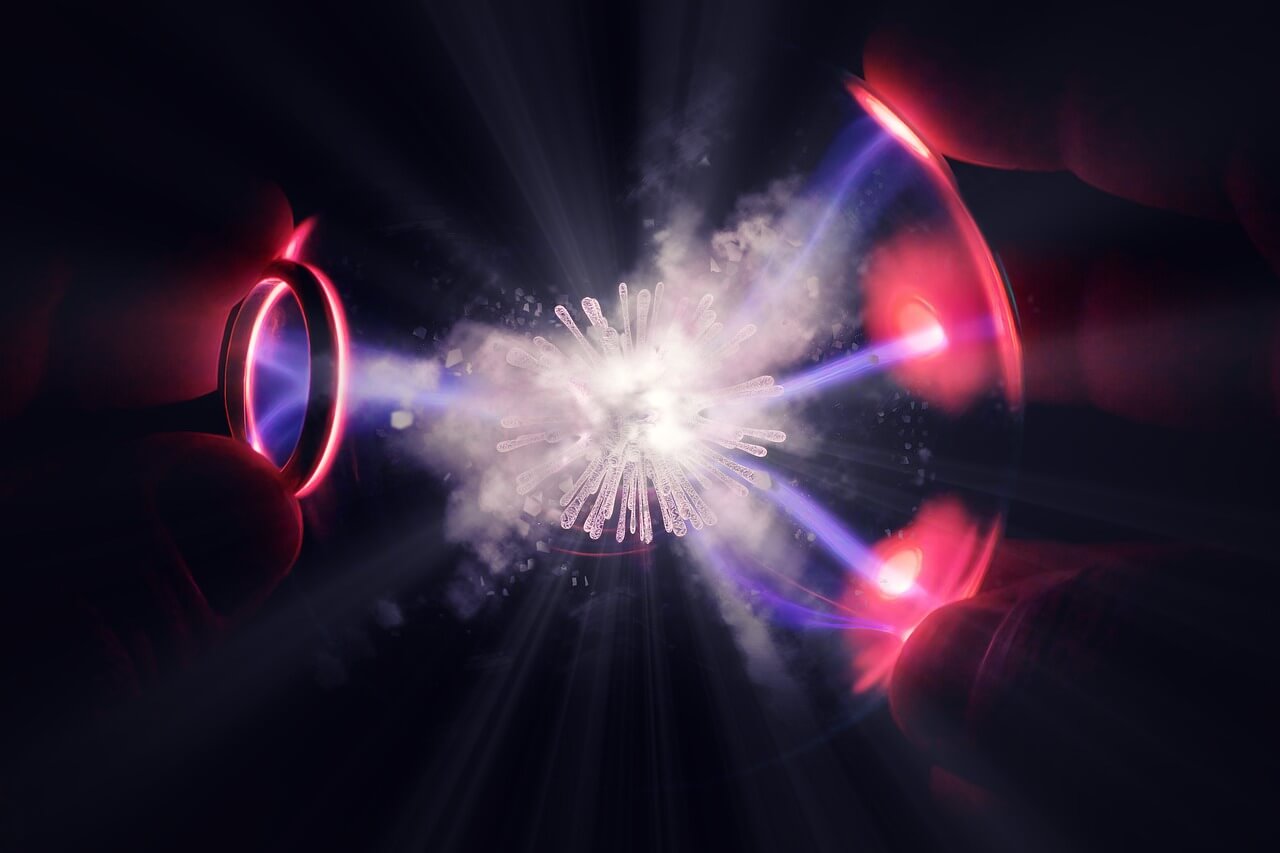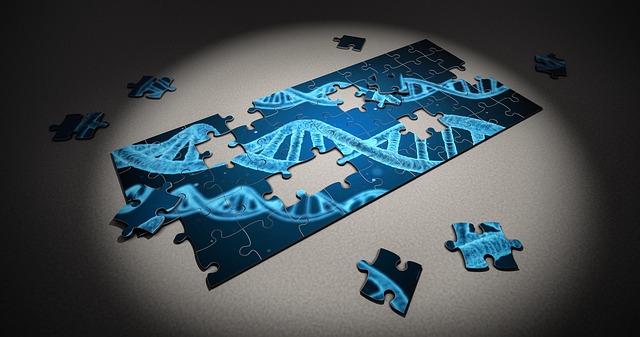How to fight against diseases, viruses. What is immunity and how does it work? What is lymph, functions of white body cells and more.
You have several defenses against disease. The natural defenses are the tissues, organs and systems that fight and resist pathogens.
Your body’s first defense against diseases is to keep pathogens away from getting into your body. (structural defense) Skin prevents the entrance of microbes into the body so that your skin must be unbroken with no open cuts. Why do we put bandages on cuts? Your body is exposed to millions of microbes everyday so you must keep your skin clean to protect yourself from diseases.
Microbes may enter the body through openings. The cells in the lining of your nose, throat, windpipe and bronchial tubes make mucus. This sticky secretion traps microbes and helps to keep them away from the other body cells. If microbes reach your bronchial tubes, cilia (hair like structures) trap them and help to keep them out of the lungs. The eyes are protected by tears which continuously wash dust from your eyes. The chemicals in tears kill many microbes that enter your eyes.

Source : pixabay.com
Your body’s second defense against diseases are white blood cells and antibodies. When microbes get into the body, white blood cells attack them. Phagocytes are white blood cells that surround pathogens and destroy them. White blood cells are produced in bone marrow and some of them mature in the thymus gland The number of white blood cells increases rapidly when an infection occurs. White blood cells are present in the bloodstream and lymph.
What is lymph?
All cells in the body are surrounded by intercellular fluid which provides oxygen and food for the cells and removes wastes. This fluid can move into special vessels called lymph vessels. (While in the lymph vessels this fluid is called lymph it is a colorless fluid) Lymph vessels join together at certain places to form lymph nodes. Most lymph nodes are located in the neck, armpit and groin. The tonsils and adenoids are lymph nodes. Lymph nodes contain white blood cells that filter the lymph. An infection may cause the lymph nodes to swell.
When infection spreads too fast for the phagocytes to control it, another defense mechanism comes into action. This is called immune response and it involves the activity of certain white blood cells called lymphocytes. There are two main kinds of lymphocytes, T-cells and B-cells. T-cells mature in the thymus gland and migrate to lymph nodes and spleen along with B-cells Helper T cells identify the infection, send a message to the lymphatic system. When the helper T cells arrive at a lymph node, the lymph node makes special new T cells called killer T cells. Killer T cells enter the bloodstream where they help keep the infection from spreading by attacking infected cells. The lymph nodes also begin to make a second kind of special cell, called a Bcell.

Source : pixabay.com
B cells form chemical weapons called antibodies. Antibodies are proteins that destroy pathogens by attaching to them. Once the infection is overcome many of the T cells and B cells may remain in the bloodstream. These cells are then called memory cells. The body makes different antibodies for different kinds of microbes. For example, white blood cells make antibodies that attack the measles virus. These antibodies cannot attack other viruses like the influenza virus. Microbes are found everywhere, in the air you breathe, on every object you touch, in the clothes you wear and all over the surface of your bodies. Disease causing microbes enter the body constantly and the immune system must defend against these diseases. So the while blood cells must continually make new and different antibodies.